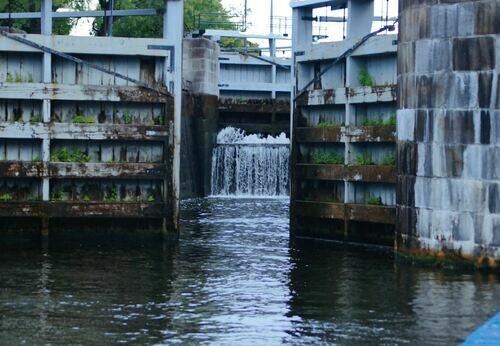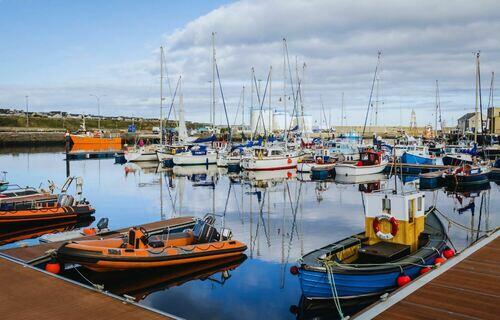Microbiological corrosion (MIC) can cause significant damage to sheet piling in both saltwater and freshwater environments. It is essential to identify the specific corrosion processes through visual, microbiological, chemical and mineralogical analyses. These insights will enable us to implement appropriate measures to prevent further damage. To illustrate the impact of MIC corrosion, we present two case studies, one in salt water and one in fresh water.

During an underwater inspection of a dam wall in a lock in a freshwater environment, significant corrosion damage was discovered. This damage was suspected to be caused by microbiologically influenced corrosion (MIC). We were asked to carry out a comprehensive survey to investigate what was going on.
Research approach
Our investigation brought together several lines of evidence: visual inspection, microbiological analysis of corrosion products and chemical analysis of the water.
Findings:
Conclusion and Advice
The results of the analyses indicated the presence of MIC corrosion and other corrosion processes in the sheet piling. In order to prevent further damage, it was recommended that measures such as complete replacement of the sheet piling, application of cathodic protection and coating be considered. If the current system is maintained, it was suggested that mitigation measures be employed to prevent the formation of biofilms and inhibit MIC processes.

A significant issue was identified in a saltwater environment: lightning-fast corrosion on sheet piling. In just one decade, the 8 mm thick sheet piling had completely disappeared in some places, leading to subsidence. This rapid corrosion suggested that microbiologically influenced corrosion (MIC) was likely.
Research approachConclusion and Advice
The study results confirmed that the rapid corrosion of the sheet piling was due to MIC, with a high corrosion rate indicating Accelerated Low Water Corrosion (ALWC). This is more often seen in places where the water level is highly fluctuating. Given the adverse environmental conditions, such as the presence of several species of MIC bacteria and sufficient nutrients, we created an appropriate mitigation plan for this site to limit further damage. This included special coating and cathodic protection.

Elsemiek Croese,
croese@microbialanalysis.com

Reinoud Homan,
homan@microbialanalysis.com
If you want to know more about corrosion damage in sheet piling or want to prevent damage, contact our experts.